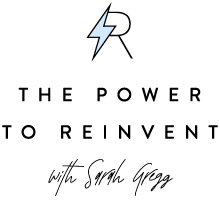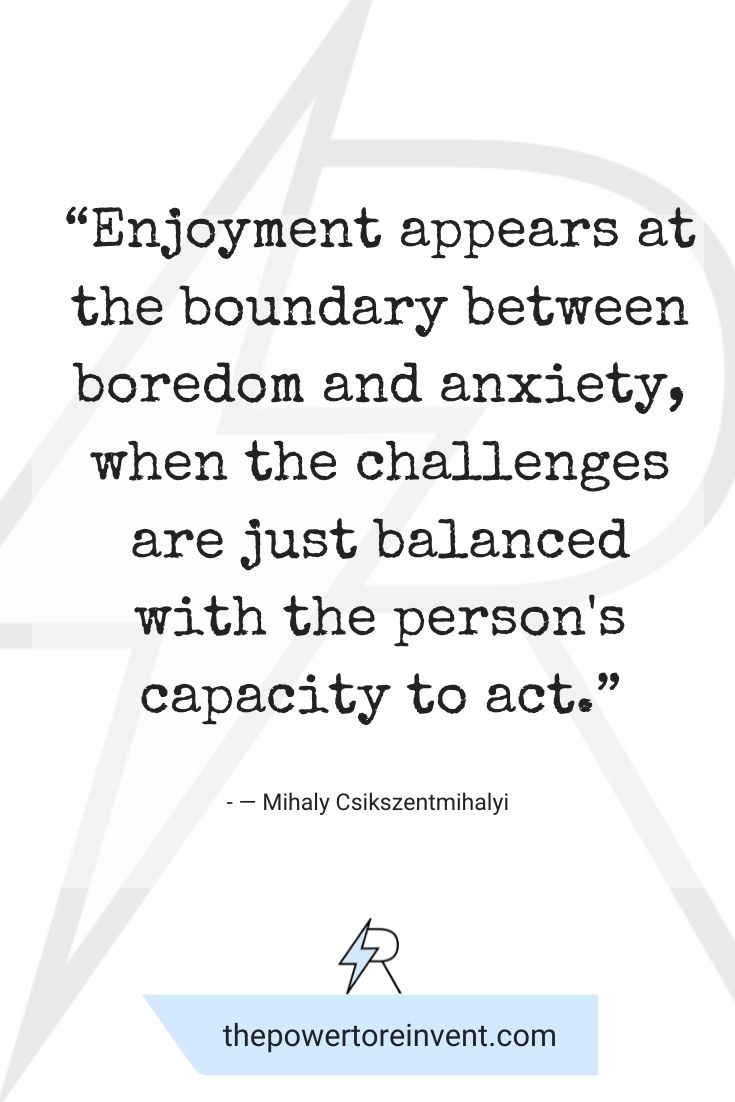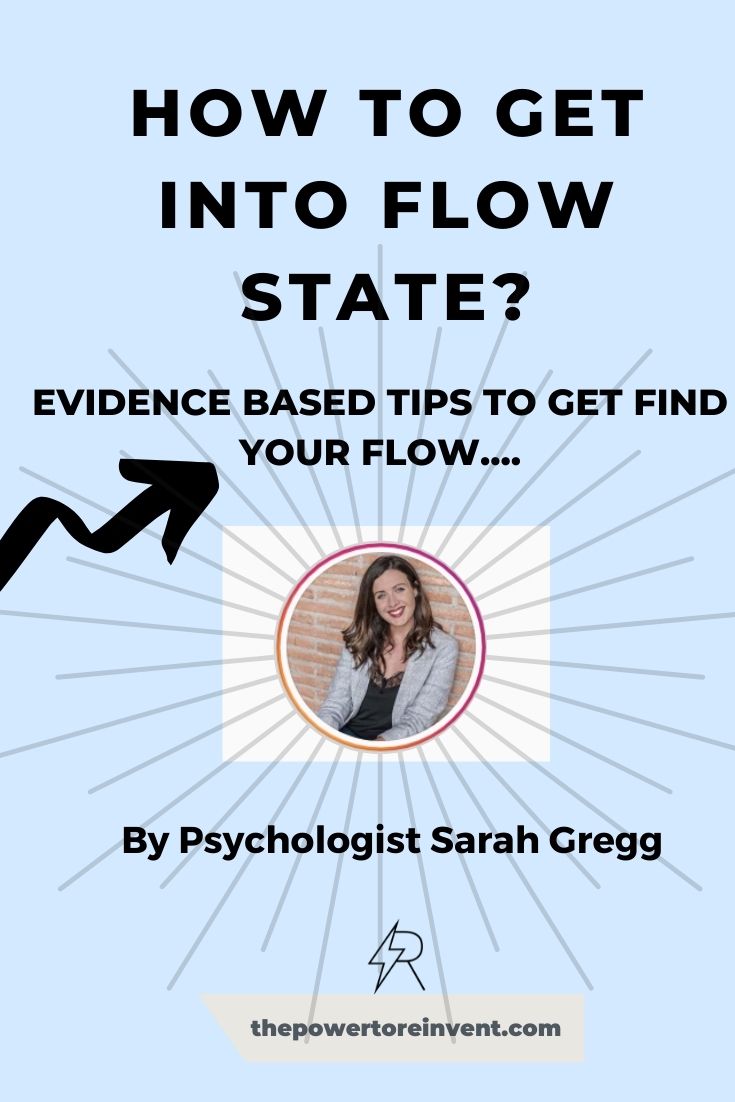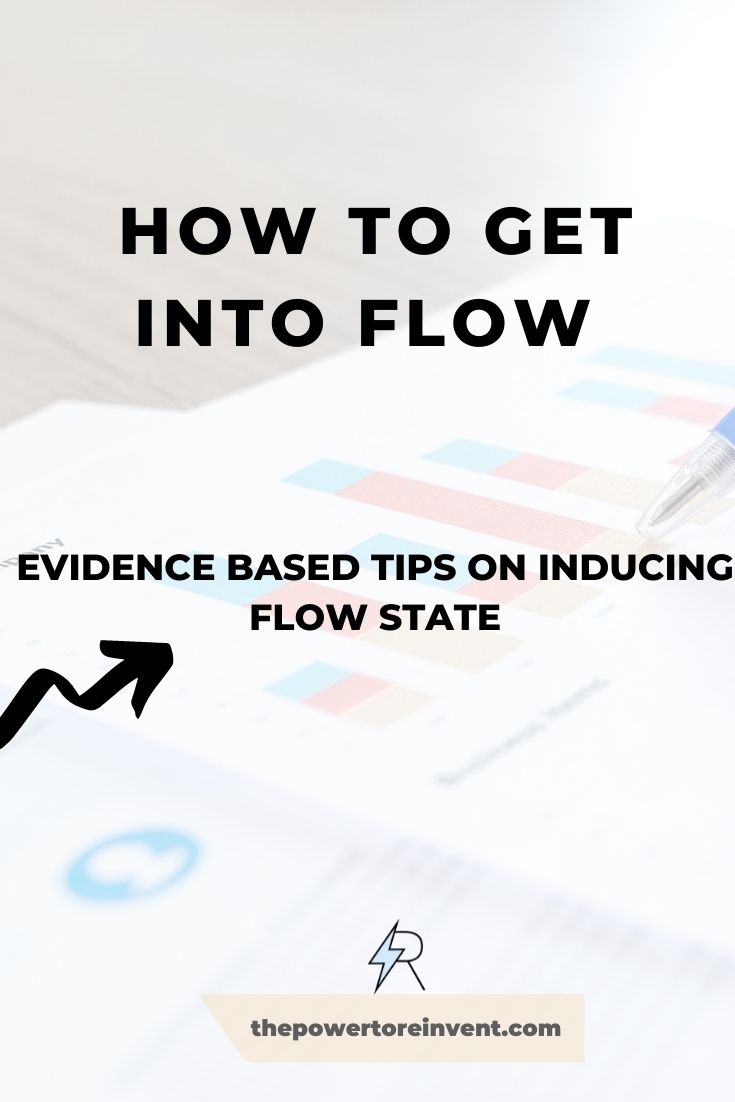Six Module Online Course to Find Your Flow . Find Out More!
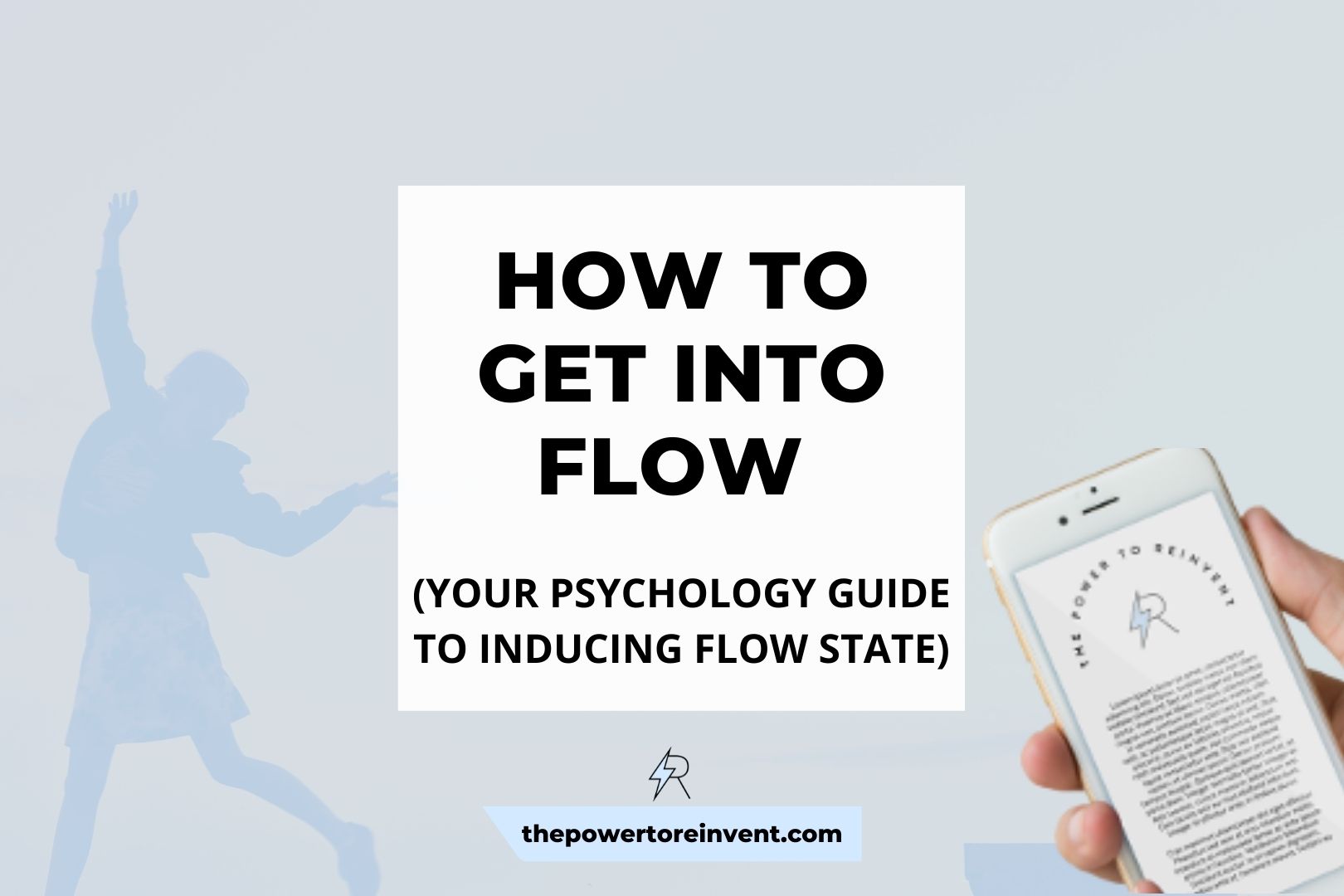
Psychologists are hailing flow as the secret to happiness and it’s easy to understand why. With flow’s ability to increase productivity, levels of fulfilment, and serenity, flow offers us a formula for success without sacrifice.
And it could be the antidote to burnout that we’re all itching for.
But how do we access this elusive state? One where we’re absorbed in the moment, lose track of time, self-conscious disappears and peak performance emerges?
Entering the state of flow is possible – but it’ll require effort.
Top Tip: For more about the psychology of flow, check out our blog – What is Flow?
How do you induce flow state?
Psychologist Csikszentmihalyi’s (pronounced Chick-SENT-me-hi) work on flow has been ground-breaking. Presenting an almost fantasy world, Csikszentmihalyi’s vision of a future in flow is one where we live fully, in harmony with ourselves and the wider world. Although, frustratingly, when it comes to how to get into flow, he proposes that we each need to learn to find flow on our own.
While a part of me strongly agrees and values the merit in his stance. Another part can’t help but recognize it’s an unrealistic strategy. After-all, we live in an ever-changing, fast-paced world where our attention is bombarded. The stark reality is most of us are too exhausted and exasperated to figure out how to get to flow alone. So, when it comes to getting into flow, we need all the help we can get.
Thankfully, there is a scientific exactness Csikszentmihalyi’s work on flow that offers a guide on how to get into flow.
#1 Have a Clear Goal
Csikszentmihalyi’s research notes that usually flow occurs when an individual has a clear goal.
Goals enable our consciousness to become ordered; by providing a central focus from which our thought, actions, and emotions can align.
Having a goal provides focus, a central point to direct our attention. The goal itself might be personally compelling (to write a novel), an interim goal to improve your fitness, or a goal specific to your day (like complete your expenses). Above all else, it’s the function of the goal, and not the goal itself that enables us to get into flow.
Why not trying setting your next goal with our Power Goal System.
#2 Set Your Level of Challenge
Dancing in the sweet spot of boredom and anxiety is, the flow channel – a space where we become involved in the task at hand. Flow lies in the ‘goldilocks zone’ where the task is not too easy that it pushes us down into boredom and not so hard that it thrusts us into a state of anxiety. Rather, it’s just right. It’s difficult, yet achievable, providing you invest all of your attention and skills.
Finding this sweet spot means we complete tasks to the best of our current level of ability, flexing and stretching our potential to new levels, all at a pace that suits us. Moreover, finding your level of challenge involves tapping into how it makes you feel.
Take a moment to think of a goal you have right now. Now I want you to imagine turning the level of challenge all the way up. How does that feel in your body? Can you feel when it becomes too high, and anxiety starts to creep in? Now imagine turning it right down to the lowest possible level. Notice how boredom feels. Playing with these extremes can be a useful exercise tune into our unique level of challenge.
#3 Understanding Immediate Feedback
As you work towards your goal, do you know what progress looks, feels, and sounds like? Understanding the feedback cues of when we’re on track or veering off track offer the immediate feedback necessary to enter and remain in flow. Immediate feedback provides the progress markers that show you how close you are to your goal. Being clear on these means we diminish distractions and allow energy to go where attention flows.
You can craft your immediate feedback by writing down what progress looks, feels, and sounds like. Let’s look at an example of my client Laura who wanted to feel in flow during a work presentation.
Laura identified her feedback cues as feeling organized before the presentation and seeing herself arrive 15 mins early to set up the room. She also noted what she would hear: she noted that her internal voice was supportive, reassuring her that she was going to do great. And she could hear her calm, confident and authentic voice present her material. At the end of the presentation, Laura wanted to feel accomplished, proud and to see the audience engaged, hearing them ask questions.
Top Tip: This process of scripting out your feedback cues is adapted from the process of imagery scripting, a technique used by elite athletes proven to enhance flow. You can read more about how to integrate this into your daily routine in my book Find Your Flow
#4 Tune into Your Unique Flow
People have described experiencing flow in a diverse range of settings – on the tennis court, writing, playing chess, on a building site, working in an excel spreadsheet to performing on stage. How to get into flow, requires noticing what types of activities elicit flow for you.
When working with clients I encourage them to keep a flow diary. I ask them to make note of their flow activities in detail paying attention to -what are they doing, who are they with, what time of day is it. The first step of understanding how to get into flow is knowing where flow shows up for you.
Top Tip: You can use the note section on your phone to make a note of your flow activities. However, if you find this distracting then record your flow activities in your journal just before bed. I suggest recording your flow activities (inside and outside work) for a week and then highlight the patterns / rhythms you notice occurring.
How long does it take to get into flow state?
Sometimes you’ll effortlessly glide into flow state. At other times you’ll be more easily distracted, stressed, overwhelmed and it will feel harder. The more we understand what elicits flow for us and work with the core conditions of flow (goal, level of challenge, and immediate feedback) the more we’re able to tune into what needs to be adjusted.
Top Tip: Certain flow activities lend themselves to you entering the state faster. These flow activities typically already have the three core components of flow present. Flow activities include things like painting, games, dancing, football, running, etc.
Flow with Life
Flow offers us a perfect, powerful absorption in the present moment. A space where we’re not fixating on the outcome but fully immersed in the steps we take towards it. For those willing to explore this state, the reward of productivity and happiness, without the overwhelm, seems like an excellent investment of time.
Got any tips on how to get into flow? What flow activities do you enjoy most? Let me know the comments.
Pin This Article For Later
I'm Sarah
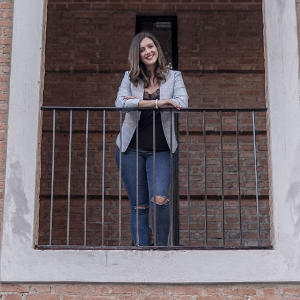
You have the power to reinvent your life and go after your big goals. It's my job to show you how. Let's enjoy the journey together.
If you’re looking for an approachable, patient coach to help you work towards your goal, look no further 🙂
Download Free Goal Setting Template
Share this
If you've found this interesting why not share the love.
